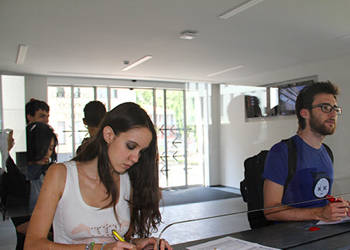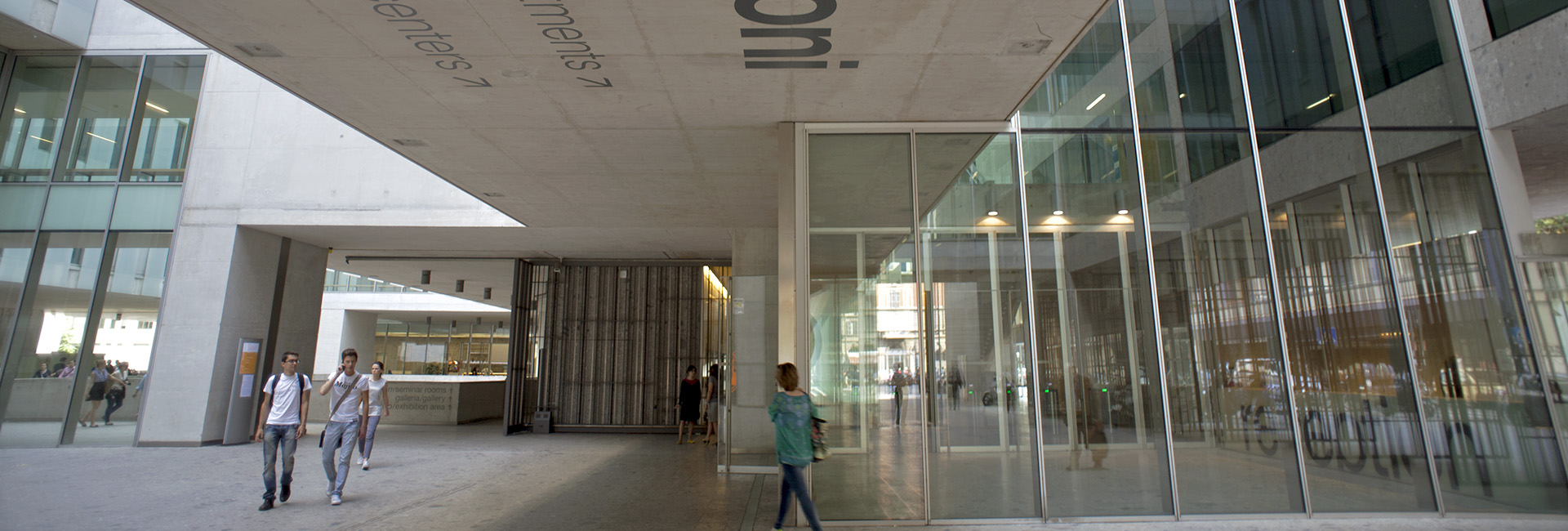20269 - ECONOMICS OF EUROPEAN INTEGRATION
Course taught in English
Go to class group/s: 31
Lezioni della classe erogate in presenza
In 1995 advanced economies accounted for around 60% of the world GDP. Nowadays, they produce slightly more than 40%, with emerging economies accounting for the rest. China alone accounts for more than 15% of the world share, from little more than 3 per cent in 1995. Trade (world exports) is now almost 30% of world GDP, twice as much than in 1995, while yearly Foreign Direct Investment, the capital and technology of multinational companies flowing across countries, are five times larger, from around $300 Bln per year in the mid 90s to 1.5Trl $ per year. These fast and structural changes have generated profound consequences on societies, requiring new models and tools of analysis to understand them and to develop adequate policy responses. The Covid-19 shock is likely to accelerate some of these changes, and hinder others, with additional redistribution effects across societies. The course introduces you to state-of-the-art models and tools measuring these effects, using the process of European integration as a benchmark case. By the end of this course, you will be able to use advanced economic and statistical techniques for the analysis and formulation of policy proposals under discussion in the debate on the EU, in particular aimed at achieving 'recovery' (from the Covid-19 shock) and 'resilience' (to future shocks).
The course is organized around three main sub-sections:
- Part I on Economic integration and growth.
- Part II on the effects of Economic integration on society.
- Part III on the policy implications of Economic integration.
The course covers (among others) in particular:
- The relation between economic shocks (globalization, Covid-19) and firm selection (productivity & growth), market power (firm markups), and the ensuing reallocation of resource (working of labor markets, regional disparities).
- The impact of globalization and automation on economic and political outcomes (e.g. Brexit, nationalism, mental health).
- The (resulting) uneven distribution of economic benefits, and the room for policy actions.
- Manage large firm-level datasets through adequate econometric software.
- Calculate productivity at the firm level, using both standard and semi-parametric estimation techniques.
- Critically assess instrumental variable techniques to establish the impact of economic shocks on societal outcomes.
- Have a broad knowledge of state-of-the-art models of economic integration and economic geography.
- Apply formal theoretical models, as well as econometric tools, to analyze real & current economic policy issues, especially related to the process of European integration (but not only…).
- The set of skills developed through the course is increasingly valued in International Organizations where enrolled students typically end up for internships (EC, ECB, UN, OECD, etc…).
- Face-to-face lectures
- Online lectures
- Exercises (exercises, database, software etc.)
- Group assignments
One take-home group assignments (up to 5 students), worth 60 per cent of total marks. The take-home are aimed at providing a solution to economic policy problems currently discussed within the EU and require the use of ‘real’ data provided by the course instructors. The topics complement those discussed in Face-to-Face lectures.
For non-attending students, one individual essay (including an analysis of data), on a topic to be agreed in advance, on one of the parts of the course, worth 50 per cent of total marks.
| Continuous assessment | Partial exams | General exam | |
|---|---|---|---|
| x | |||
| x |
One take-home group assignments (up to 5 students), worth 60 per cent of total marks. The take-home are aimed at providing a solution to economic policy problems currently discussed within the EU and require the use of ‘real’ data provided by the course instructors.
A final written exam (open book – open questions) makes up for the remaining points
Individual essay (including an analysis of data), on a topic to be agreed in advance, on one of the parts of the course, worth 50 per cent of total marks. A final written exam makes up for the remaining points.
-
C. ALTOMONTE, L. BONACORSI, I. COLANTONE, (2018) Trade and Growth in the Age of Global Value Chains, Baffi-Carefin Working Paper No. 2018-97.
-
M. ANELLI, I. COLANTONE, P. Stanig (2019), We Were the Robots: Automation and Voting Behavior in Western Europe, Bocconi mimeo.
-
I. COLANTONE, R. CRINÒ, L. OGLIARI (2018), Globalization and Mental Distress, CEPR Discussion Paper 10874 (October, 2015), latest version 2018 available at italocolantone.com.
-
I. COLANTONE, P. STANIG (2018a), The Surge of Economic Nationalism in Western Europe, Bocconi mimeo.
-
I. COLANTONE, P. STANIG (2018b), Global Competition and Brexit, American Political Science Review, 112: 201-218.
-
I. COLANTONE, P. STANIG (2018c), The Trade Origins of Economic Nationalism: Import Competition and Voting Behavior in Western Europe, American Journal of Political Science, 62: 936-953.
-
P. KRUGMAN, Scale Economies, Product Differentiation and the Pattern of Trade, The American Economic Review, 70:950-959, 1980.
-
M. MELITZ, The Impact of Trade on Intra-Industry Reallocation and Aggregate Industry Productivity, Econometrica, 71:1695-1725, 2003.
-
M. MELITZ, G. OTTAVIANO, Market Size, Trade, and Productivity, Review of Economic Studies, 75: 295-316, 2008.
-
Class notes explaining in detail the more technical articles and additional readings are provided when dealing with each specific topic covered in the programme on the Learning Space of the course.





